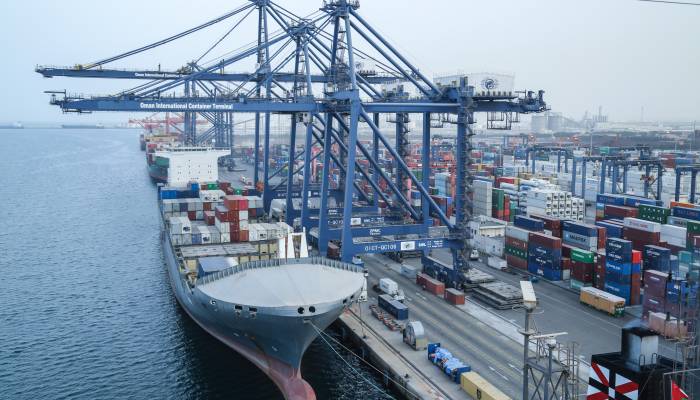
Muscat: Oman has taken great strides forward in building a resilient economy that provides a good quality of living for its people, and will continue to strengthen it in the years to come.
Ahead of the country’s 50th National Day, the government announced that the country’s Gross Domestic Product (GDP) had risen from OMR103.6 million in 1970, to OMR30 billion in 2018, having gone up to half a million Rials under the late His Majesty Sultan Qaboos bin Said bin Taimour.
With Oman keen to pursue economic diversification across various sectors of production, non-oil activities accounted for 70 per cent of the GDP at current prices, figures that reflect the extent of attention paid by the modern renaissance that began on July 23, 1970 under the leadership of modern Oman’s builder.
During the past five decades, the Sultanate has witnessed the implementation of large-scale economic projects, the most prominent of which are oil refineries in Muscat, Sohar and Duqm, and heavy and petrochemical projects in Sohar, Sur, Salalah and Duqm.
Official numbers indicate that the contribution of the manufacturing sector to the gross domestic product last year amounted to OMR3.071 billion, or 15 per cent of the GDP originating from non-oil activities.
The Sultanate has also been keen on encouraging various commercial and industrial activities and has provided them with the necessary support for success and continuity.
Last year, the gross domestic product for industrial activities reached OMR5.6 billion, while the GDP for service activities was OMR14.1 billion.
The Sultanate has worked to modernise laws and legislations related to attracting investments. Several laws were issued last year that encourage local and foreign investment, most notably the Foreign Capital Investment Law, which sought to enhance the Sultanate’s position as an investment destination capable of attracting foreign capital and enhancing the Sultanate’s competitiveness in indicators.
The Public Private Partnership Law was issued with the aim of encouraging the private sector to invest in infrastructure projects and public services, improving their quality, and reducing the costs of establishing and operating them.
Private sector projects also received more attention under the privatisation law, which aims to implement government policies related to expanding the role of the sector, and encouraging the attraction of investments, expertise, technology and modern knowledge.
Over the past years, the Sultanate has invested financial surpluses resulting from oil revenues in establishing infrastructure that encourages investment, such as ports, airports, and industrial and economic free zones, as well as a highway network linking the various governorates of the Sultanate.
It has also strengthened the infrastructure system in the tourism, health, housing, environment and other sectors to reflect positively on the lives of citizens and residents.
The Medium Term Fiscal Plan (2020-2024), which was blessed by His Majesty Sultan Haitham Bin Tarik, seeks to achieve financial sustainability and preserve the achievements made during the past five decades, by reducing the size of the public debt and fiscal deficit, while enhancing the performance of non-oil sectors and increasing their contribution to government revenues.
It aims to increase government revenues from OMR 8.6 billion in 2020 to OMR 12.09 in 2024, while keeping the level of spending throughout the years of the plan at OMR 12.6 billion, at the same time, and increasing the proportion of non-oil revenues from 28 per cent in 2020 to 35 per cent in 2024.
Last year, government revenues amounted to about OMR10.6 billion, while government spending amounted to OMR13.2 billion. Non-oil revenues, at about OMR2.6 billion, constituted 24.5 per cent of total government revenues, while oil revenues (including net oil and gas revenues) reached OMR7.9 billion, representing the remaining 75.5 per cent.
Financial sustainability is one of the enablers of Oman Vision 2040, under which the country’s fiscal balance plan contributes to absorbing the financial challenges resulting from the decline in oil prices and the coronavirus pandemic. It also involves preparing the national economy for a new revitalisation phase that benefits from the infrastructure that was built during the years of the modern renaissance.